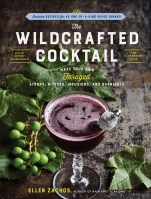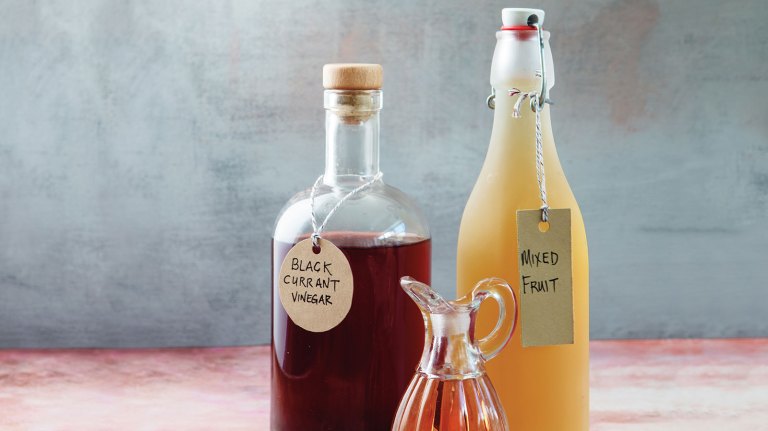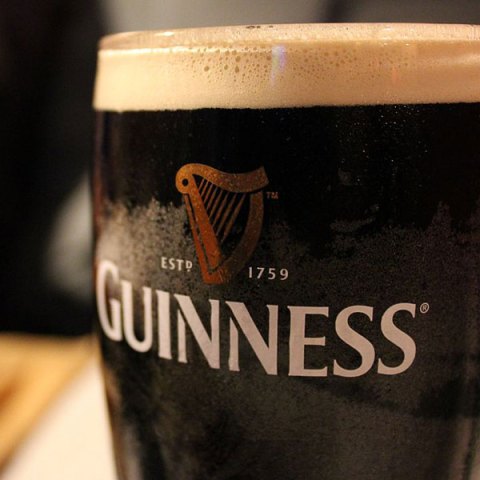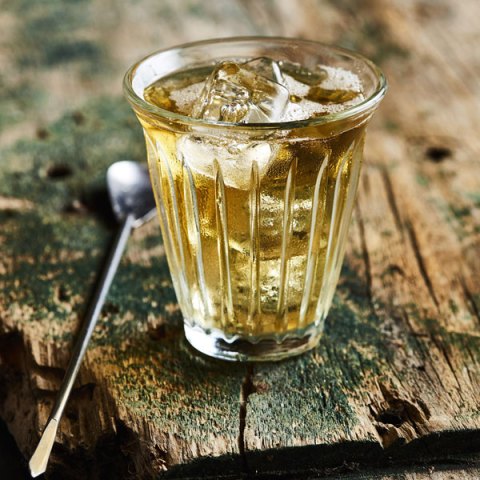A Recipe for Berry Juice
Say goodbye to super-sweet store-bought beverages and capture the flavor of fresh local berries—make juice at home!
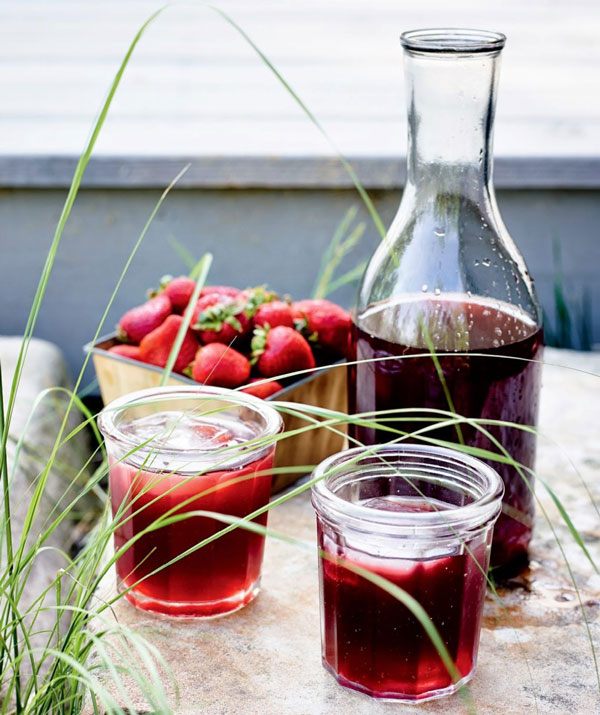
When blueberry season hit, I had this recipe from Drink the Harvest high on my to-do list. Apart from the excitement and satisfaction of being able to make my own juice without special equipment, I loved having ultimate control over the sweetness of the finished product. If you give it a try, no matter what type of berries you use, here are a few recommendations:
- Don’t skip the sugar entirely—it does give the juice an extra flavor boost—but do heed the authors’ advice and experiment with how much sugar your tastebuds prefer.
- Do mind your countertops and clothes unless you relish permanent purple blotches wherever you accidentally spill a drop.
- Even if your plan is to preserve most of what you make, do save a little for immediate enjoyment. A pour from the half-pint we didn’t can was a revelatory addition to our seltzer with a splash of lemonade.
Berry Juice
Berry juice is thick and delicious. This recipe works really well with blackberries, raspberries, gooseberries, blueberries, serviceberries, currants, and other ripe berries, either alone or in combination. To keep the flavor lively and the color true, add both ascorbic acid and a little sugar during the canning process.
Makes approximately 4 quarts
Prep time: About 2 hours, plus overnight for juice to settle, plus canning
Ingredients
- 1 flat (12 pints) berries (about 8 pounds), rinsed and picked over
- Filtered water, enough to cover berries
- Ascorbic acid, ¼ teaspoon per quart of juice (for canning)
- Sugar, 2–4 tablespoons per quart of juice (optional, for canning)
Directions
Put the berries into a large nonreactive stockpot, and then add filtered water to barely cover the fruit. Bring the contents to a boil.
Reduce the heat and simmer for 10 minutes, stirring and mashing the berries as they cook, or use an immersion blender to grind the berries. Stir occasionally to avoid sticking, and skim off any foam.
Line a large colander with two layers of cheesecloth dampened with filtered water. Set the colander over a large bowl, making sure that the colander sits well above the bottom of the bowl so that the juice can flow freely.
Slowly pour the hot berries into the colander.
Leave the juice to strain for at least 1 hour. Do not squeeze or force the berries through the cheesecloth, or the juice will become cloudy.
Refrigerate the juice overnight in a clean covered container to let solids settle to the bottom. The juice will clear. For canning, ladle the juice out and discard the solids. This juice can be used immediately or preserved by canning.
Canning Notes
- Measure the juice by carefully ladling it off the sediments. Pour the measured juice into a nonreactive stockpot.
- Simmer juice at 190°F for 5 minutes. Remove from heat.
- Add sugar, if using (2–4 tablespoons per quart), and stir to dissolve.
- Add ascorbic acid to sterilized jars (¼ teaspoon per quart).
- Fill the jars with liquid, leaving ¼ inch of headspace. Apply sterilized lids and bands, being careful not to over-tighten. Process both pint and quart jars in boiling-water bath for 15 minutes, adjusting for altitude.
Cook’s Tip:
You can make this recipe without the added sugar, but the flavor tends to be flat. Experiment to find the level of sweetener that best suits your tastes and your family’s needs.
EXCERPTED FROM DRINK THE HARVEST © NAN K. CHASE AND DENEICE C. GUEST.
Preserving the harvest doesn’t have to stop with jam and pickles. Many fruits, vegetables, and herbs can be made into delicious beverages to enjoy fresh or preserve for later. Drink the Harvest presents simple recipes accompanied by mouthwatering photographs for a variety of teas, syrups, ciders, wines, and kombuchas. DeNeice C. Guest and Nan K. Chase also provide advice for harvesting ingredients for maximum flavor and even creating your own backyard beverage garden. Pour a refreshing glass of Passionflower-Lemon Balm Wine and drink in the possibilities.





